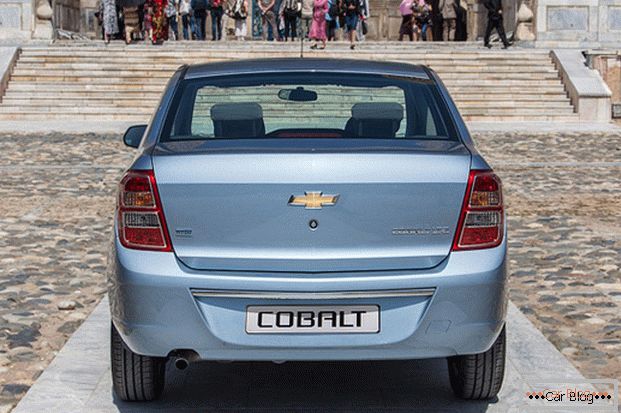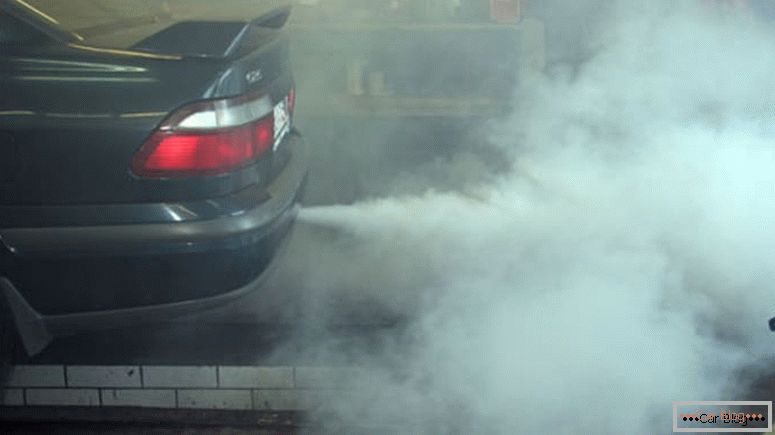The catalyst is an element of the exhaust system of the car, which is responsible for cleaning the exhaust gases. In other words, the catalyst burns out exhaust gases of a car to ecological standards. Unfortunately, like most parts of the machine, catalysts also fail. This process is often accelerated by mechanical damage substandard fuel. Those motorists who have not yet encountered a similar problem can be very surprised: “Why“ invent a bicycle ”, isn't it easier to replace an unsuitable catalyst with a new one?” They will say. Of course it is easier, but ... Without pitfalls, this was not the case, and the main one is the huge price of a new spare part. And in some cars install several catalysts simultaneously. All this pushes car owners to search for alternatives, one of which is the installation of a flame arrester instead of a catalyst.
Content
- 1 What will happen if you just remove the catalytic converter
- 2 Installing a new catalyst
- 3 Application of a universal catalytic converter
- 4 flame arrester instead of catalyst
- 5 How to make a flame arrester yourself
What will happen if you just remove the catalytic converter
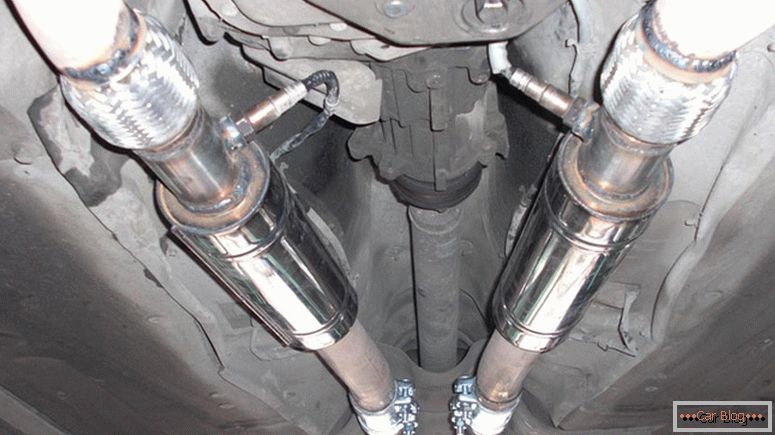
Frequently car owners, whose vehicles are equipped with several catalysts, resort to installing flame arresters
The question is quite relevant, given, as already mentioned, the high cost of the new part. If you do not go deep, it may seem that the catalyst can simply be thrown away, and in its place put a regular straight pipe. We hurry to upset those who hoped for it. Firstly, the noise level will significantly increase, and secondly, the temperature of the exhaust gases will rise (recall that one of the functions of the catalytic converter is to cool the exhaust gases). It is the second moment that is the most dangerous in the operation of a car - the long-term operation of the exhaust system at high temperatures can damage it.
In addition, cars that meet the standards of "Euro-4" and above, are equipped with special oxygen sensors - lambda probes. Just dismantle them will not work, because in this case, the motor of the car may start to work unstably, and the dashboard will constantly annoy you with error messages. The problem is eliminated by flashing the electronic control unit or by using special “tricks”.
See also: What is a timing beltHence we conclude: to throw out the catalyst “with all the giblets” is not a good idea. So what remains? There are not so many options:
- Put the original catalytic converter.
- Find and try to “fit” a universal catalyst to your car.
- Install a flame arrestor.
Each of the options has a number of advantages and disadvantages, respectively. Below we consider them in more detail. However, if your choice has already fallen on the installation of a flame arrester instead of an unsuitable catalyst, you can skip the part telling about the first two points and go straight to the last one.
Installing a new catalyst
The cost of the new original catalyst is about 700, or even 1000 dollars. Do not forget also that the original catalyst must be installed by a specialist, so we add a couple of hundred more. As a result, quite a big amount is accumulated. Installing the original catalytic converter is justified for cars that are under warranty.
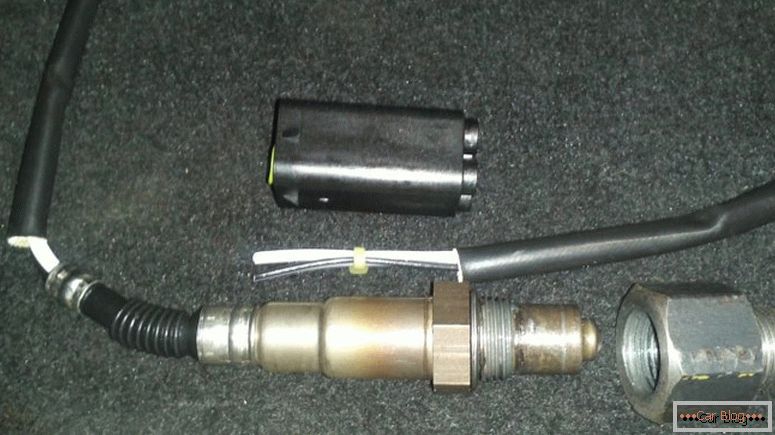
Installing a flame arrester, you need to take care of installing the “snag” lambda probe
So, what are the benefits you get from installing the original parts:
- you do not lose the warranty on the car;
- Do not pollute the environment.
The disadvantages include:
- high price;
- short service life.
The use of a universal catalytic converter
It is a rational option, especially if we consider such a procedure from the side of its cost. The catalyst, along with the installation of the car will cost you about 7000 - 8000 rubles. Agree - the difference is striking. The main difference of the universal catalyst is that cheaper materials are used for its manufacture.
Pros:
- affordable price;
- acceptable level of emissions;
- There is no need to reflash the control unit or set up a “dodge” of the oxygen sensor.
Minuses:
- fragility;
- complete lack of guarantees;
- low reliability
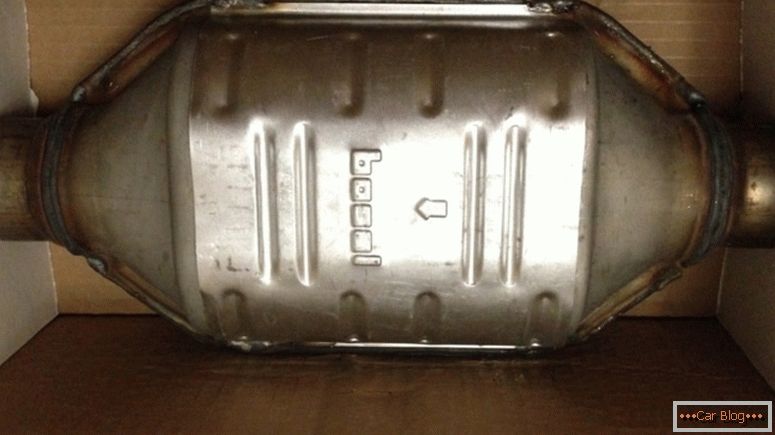
Installing a universal catalyst - a compromise between price and environmental concerns
Flame arrestor instead of catalyst
Owners of cars with a failed catalyst make this decision most often. This procedure is very inexpensive (about 5,000 rubles). But we have already mentioned that cars that meet the standards of "Euro-4" and above need additional modifications. Such works, depending on the specific car, may cost the owner another couple of thousand rubles.
See also: How to make a decoupling of the engineThe advantages of the flame arrester include:
- low cost;
- long service life;
- high reliability;
- flame arrester warranty;
- increase engine power.
Minuses:
- loss of warranty on cars (for new cars);
- increased rates of harmful substances in the exhaust;
- the need for additional procedures (firmware control unit, installing "cheats").
How to make a flame arrester yourself
In some situations, it is not easy to pick up a ready-made flame arrester, so many car owners have to take up the instrument and make this element on their own. There is nothing difficult to make a flame arrester instead of a catalyst with our own hands, we will prove it with the following example:
-

- 3 mm holes are drilled in the inner tube
-

- To fill the space between the pipes, we use ordinary kitchen iron scouring pads.
-

- Metal scourers tamp down tightly, filling the entire space between the pipes
-
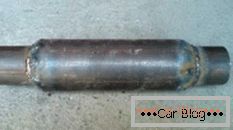
- Hand-made flame arrester
- For the manufacture of flame arrester, we need two pieces of iron pipe. One of the pipes must match in diameter with the exhaust pipe of the car, and the second must have a larger diameter (this will be the flame arrester case). In addition, stock up with the usual kitchen metal wool.
- In the inner tube throughout its area we drill holes with a diameter of about 3 mm. Next, insert it into the body (pipes with a large diameter). Brew one side.
- Approximately in the middle of the inner tube we install the washer. The washer should have a hole equal to ⅔ of the diameter of the inner tube.
- In the next step, we push metal wool between two pipes (as if putting them on the inside). Tightly tamped. You need to fill all the space from top to bottom, in the example above it took 26 washcloths. We are almost finished - it remains only to incise the free edge of the pipe (body), bend it and scalp.
Here, perhaps, that's all. The replacement of the catalyst by the flame arrester is completed, by removing from the exhaust system, in fact, the catalytic converter itself and installing in its place the result of your efforts - a self-made flame arrester.

